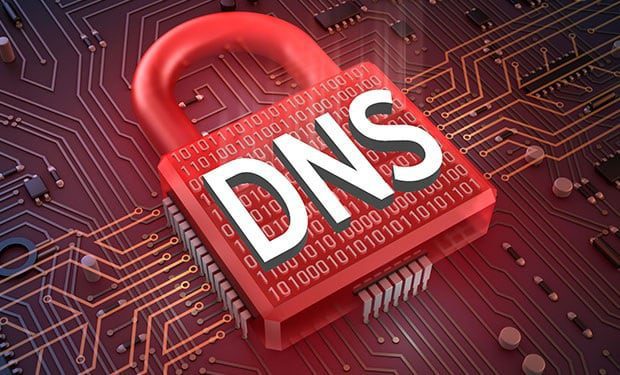
How to Protect Your Domain Name System From Hijacking
Unprecedented, large scale DNS hijackings have swept government and commercial organizations in 2019. Learn how to successfully defend against this threat.
Stay informed with our latest insights, analysis, and expert perspectives on digital security, DNS management, and corporate domain strategies.

Unprecedented, large scale DNS hijackings have swept government and commercial organizations in 2019. Learn how to successfully defend against this threat.

You may think your domain name system is secure. But have you peeked under the hood recently? If you have, you may have seen the metaphorical tangle of wires and junk clogging up the system and quickly backed away, hoping that nothing will catch fire.

An oversight from Starbucks exposed one of its subdomains to takeover threat, which could be further leveraged in attacks against customers and the company.

A recent spate of attacks targeting domain name system protocols and registrars, including several incidents that researchers believe have ties to nation-state espionage, is prompting the U.S. and U.K. governments to issues warnings and policy updates to improve security.
DNS threats, including DNS hijacking, tunneling, phishing, cache poisoning and DDoS attacks, are all on the rise.

Of particular interest for cybercriminals is the Domain Name System, which plays a central role in orchestrating all Internet and application traffic.

The U.K. National Cyber Security Centre (NCSC) urged organizations to implement measures to mitigate the threat of DNS hijacking.

New DNS security measures for all .gov domains will be implemented by the U.S. government starting today to help mitigate risks associated with future DNS hijacking incidents.